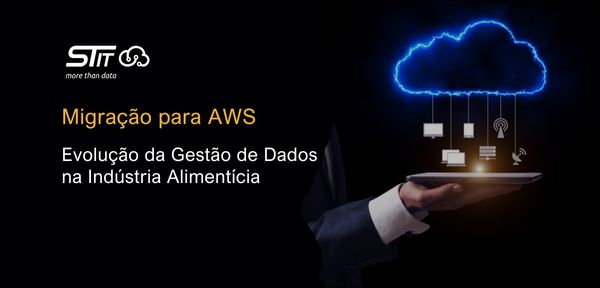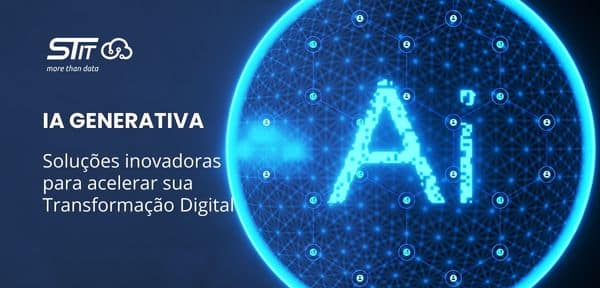How to reduce and optimize your cloud costs
The adoption of cloud infrastructure has stood out as one of the main recent technological trends. By migrating to the cloud, companies can enjoy a number of attractive benefits, such as scalability, a wide range of available services, advanced security features and the elimination of hardware maintenance costs.
Furthermore, it offers flexibility to pay only for the resources used and access to the most innovative technologies on the market.
The transition to the cloud has become practically inevitable for companies. According to a survey carried out by gartnerBy 2025, it is estimated that 85% of companies will begin using cloud operations. This trend reflects the growing demand for agile, efficient and adaptable solutions to constantly evolving business needs.
One of the main challenges in cloud cost management is the difficulty in tracking and predicting usage, leading to unpredictable expenses, impacting cloud administration.
Currently, many organizations divide cloud cost management between finance, IT, DevOps and other teams, who need to understand, manage and optimize these costs.
According to the 2023 Cloud Report, prepared by Flexera, public cloud spending was above budget by an average of 18%, up from 13% the previous year.
Furthermore, respondents estimate that 28% of the monthly amount is wasted.
This data highlights the urgent need to think about strategies to optimize cost management and drive cloud initiatives more intelligently and efficiently.
Main impacts on cloud costs
Adopting cloud infrastructure offers several benefits, but it is essential to be careful to avoid neglecting certain aspects. A poorly executed migration process can generate unforeseen costs and significant impacts on cloud costs. Check out some examples of these challenges:
- Choosing Cloud Platform: If a company chooses a cloud platform that is not very robust or provided by unknown providers, it risks experiencing performance issues, lack of adequate technical support, lack of available services and possible service interruptions.
- Migration without adequate organization and planning: The migration process is extremely sensitive, the risk of migrating your applications to the cloud without considering dependencies, security requirements, performance, optimization and modernization of resources, can cause various compatibility issues, exposure of sensitive data or experience lower performance as expected.
- Lack of effective administration and governance processes: If adequate processes are not defined to manage your cloud infrastructure, you will encounter difficulties in controlling costs, allowing unauthorized access to critical resources, unauthorized spending or delays in resolving operational issues.
- Lack of adequate monitoring tools: This absence significantly increases the risk of not detecting performance or availability problems, which could result in service unavailability, increased downtime and impact on operations. Furthermore, it reduces the possibility of identifying underutilized, incorrectly sized resources, identifying overused resources and executing unnecessary processes.
- Deficiency in cost optimization: The cloud offers several options to optimize costs and if you don't use these optimization strategies, you could pay more than necessary.
- Complex integration: Integration between legacy systems and cloud applications can be complex and challenging. Lack of proper integration can lead to interoperability issues, data sharing difficulties, and business process disruptions.
How can ST IT Cloud contribute?
Remember that the cloud cost optimization process is ongoing. The ideal is to regularly monitor your cloud environment, identify areas for improvement and make the necessary adjustments to ensure that you are making the most of your resources, directing your efforts efficiently, using the correct services in the best way possible, getting the most out of your cloud environment. of the adopted platform and reducing costs in the process.
ST IT Cloud has the expertise and a highly qualified team to assist you throughout the entire cloud migration process and after this stage is completed.
Furthermore, you can carry out a complete study of your environment (on-premises or cloud) or your current architecture (Data or Machine Learning), plan the migration or optimization process, structure the new environment and migrate/modernize, following the best migration, security and monitoring practices.
Enter in contact with us and learn more about our solutions.







